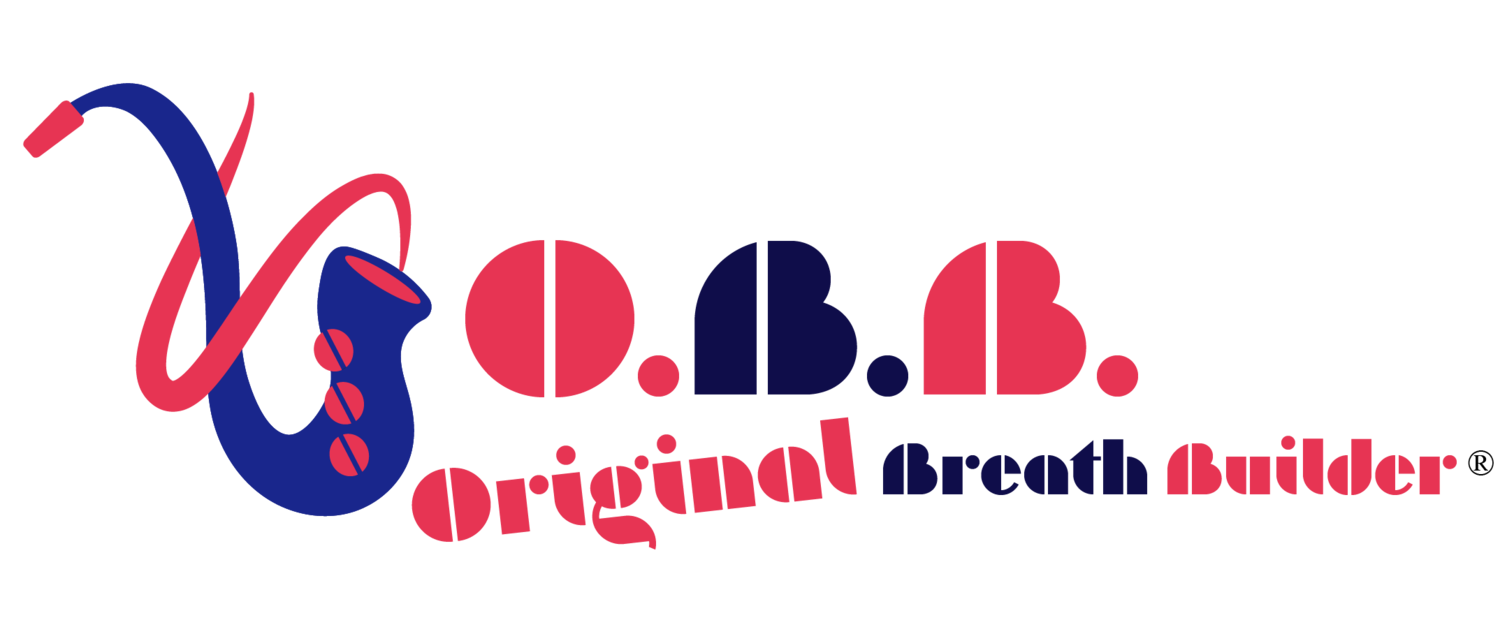How to Fall Back in Love with Your Instrument
Music, once a source of boundless joy, can sometimes lose its enchantment over time. The notes that once danced effortlessly from your instrument may now feel like a choreographed routine.
The good news? Falling back in love with music or your instrument is not only possible but can be a profoundly rewarding journey.
In this comprehensive guide, we'll explore a symphony of strategies to reignite the passion, whether you're a seasoned musician or a budding instrumentalist.
1. Have Fun with it Again!
The essence of music lies in its ability to bring joy. It's time to reconnect with the playful spirit that sparked your musical journey.
Try:
- Jamming Sessions: Gather with fellow musicians or friends and indulge in casual jam sessions. Let go of perfectionism and savor the spontaneity of making music together.
- Cover Your Favorites: Choose songs you love and create your renditions. Infuse your style and emotions into the melodies, making the music a personal expression.
2. Learn Something for Fun: Expand Your Repertoire
Learning doesn't have to be all scales and arpeggios. Choose pieces or songs simply because you love them. This could include:
- A Genre Shift: If you've been entrenched in one genre, explore something entirely different. Transition from classical to jazz, or vice versa, to inject freshness into your repertoire.
- Movie Soundtracks or Pop Hits: Dive into the world of movie soundtracks or contemporary pop hits. Try to learn by sound or find sheet music for songs you really enjoy, but that feel out of your current comfort zone or usual choices! What would feel cool and fun to know how to play? And go learn that!
3. Try a New Technique or Practice Routine: Challenge Yourself
Break free from the monotony by introducing new techniques or practice routines. This could involve:
- Advanced Techniques: Explore techniques that you've always admired but never delved into. Whether it's fingerstyle, tapping, or bowing techniques, challenging yourself can be invigorating.
- Interval Training: Instead of marathon practice sessions, experiment with interval training. Short, focused bursts of practice followed by breaks can enhance productivity and prevent burnout.
4. Mix Up Where or When You Play: Change Your Musical Environment
Sometimes, a change of scenery can breathe new life into your musical experience. Consider:
- Outdoor Sessions: Weather permitting, take your instrument outdoors. Playing in nature can provide a refreshing backdrop and a new perspective on your music.
- Late Night Jams: Try playing during unconventional hours. The ambiance and stillness of the late night can create a unique atmosphere for your musical exploration.
5. Try Learning a New Instrument: Broaden Your Musical Horizon
Learning a new instrument not only diversifies your skill set but also brings a renewed appreciation for music as a whole. Explore:
- Similar Instruments: If you're a guitarist, try picking up a ukulele. If you play the violin, experiment with the viola. The similarities will make the transition smoother.
- Completely Different Instruments: Challenge yourself further by choosing an instrument from an entirely different family. The switch can be exhilarating and open up new musical possibilities.
6. Explore Other Creative Hobbies: Seek Inspiration Beyond Music
To rediscover your love for music, sometimes it's essential to step outside its realm. Engage in:
- Visual Arts: Drawing, painting, or sculpting can stimulate creativity and provide a new channel for expression.
- Writing: Whether it's poetry, short stories, or a journal, writing can be a therapeutic outlet that influences your musical perspective.
7. Create a Challenge or Game: Gamify Your Practice
Inject an element of playfulness into your practice routine. This could involve:
- Song Challenges: Set a goal to learn a certain number of songs within a timeframe. It could be songs from a specific artist, genre, or era.
- Musical Games: Create or find games that revolve around music theory, ear training, or improvisation. Making learning a game can be both enjoyable and effective.
8. Focus on Improving Your Breath or Technique: The Role of the Original Breath Builder
Sometimes, the key to falling back in love with your instrument is to focus on foundational elements like breath and technique. The Original Breath Builder, inspired by Harold Hanson's ingenious design, is a valuable tool for this purpose. Incorporating breath exercises into your routine can:
- Enhance Breath Control: Strengthening your breath not only benefits your instrument but contributes to overall well-being. The Original Breath Builder provides a simple yet effective way to improve breath control.
- Support Technique Development: Concentrating on breath and technique, rather than the intricacies of your instrument, can be a refreshing approach. The breath is the core of musical expression, and honing it can elevate your playing.
Music is an ever-evolving journey, and your relationship with it should reflect that dynamism. By infusing joy, exploration, and creativity into your musical routine, you pave the way for a profound reconnection with your instrument. Whether you choose to have fun, learn something new, try a different technique, change your environment, explore other creative outlets, create challenges, or focus on foundational elements like breath and technique with the Original Breath Builder, each step is a note in the symphony of your musical renaissance.
In 2024, let your instrument be not just a tool but a companion on a journey of rediscovery. Embrace the melody within, and watch as your love for music blossoms anew. 🎶✨

